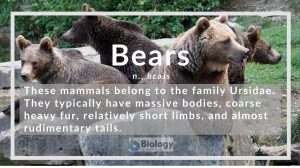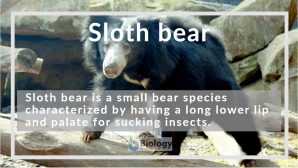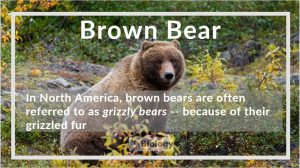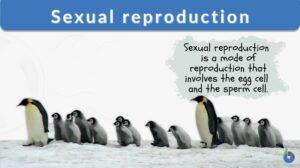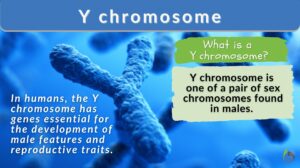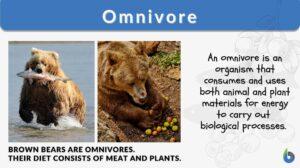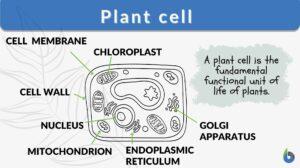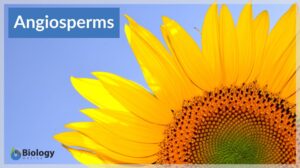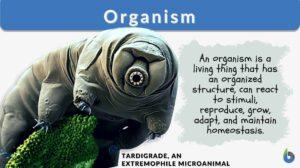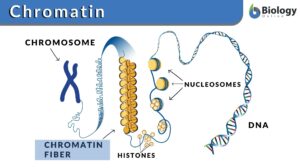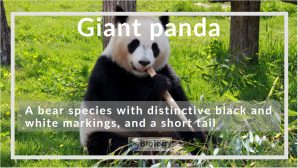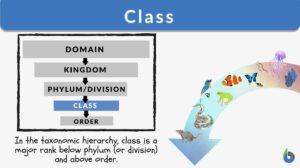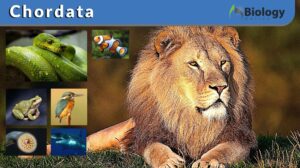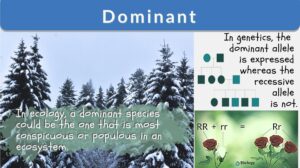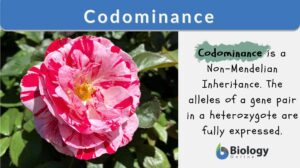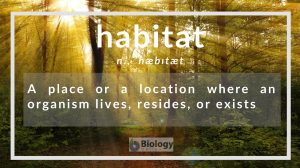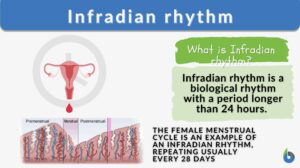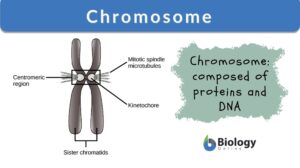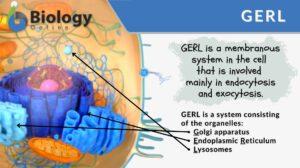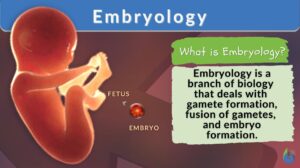Search Results for: bears
sloth bear
Sloth Bear Definition The sloth bear (Melursus ursinus) is a small bear species characterized by having a long lower lip... Read More
Brown bear
Brown Bear Definition The brown bear (Ursus arctos) is a large bear species. In North America, brown bears are often... Read More
Characteristic
Characteristics Definition We can define characteristics as qualities or features that describe the distinctive nature or... Read More
Sexual reproduction
Sexual reproduction is a mode of reproduction involving the fusion of haploid female gamete (egg cell) and haploid male... Read More
Y chromosome
Y chromosome Definition The Y chromosome constitutes one member of the pair of sex chromosomes within an organism, a common... Read More
Plant cell
Plant Cell Definition A plant cell refers to any cell of a plant. It is the structural and functional unit of plants. Plant... Read More
Angiosperm
Angiosperms Definition What is an angiosperm? An angiosperm is a plant that produces flowers. The angiosperms, also... Read More
Internal capsule
Definition noun (anatomy) A fan-like, 8-10 mm thick of white matter separating the caudate nucleus and the thalamus from the... Read More
Sporophyte generation
Definition noun (botany) A phase in the life cycle of certain plants and algae that starts with the union of gametes up to... Read More
giant panda
Giant Panda Definition The giant panda (Ailuropoda melanoleuca) is a bear species that has a round head, a stocky body with... Read More
What is a species? Definition of species, different approaches
What is the definition of species? What does it take to be considered as a species? Ever since there has been an array of... Read More
Exploitation competition
Definition noun (ecology) A form of competition wherein organisms indirectly compete with other organisms for resources by... Read More
Sex linkage
Definition noun, plural: sex linkages A condition in which a trait or a phenotype manifesting apparently more frequently in... Read More
Codominance
Codominance Definition Codominance is a form of inheritance wherein the alleles of a gene pair in a heterozygote are fully... Read More
Infradian rhythm
What is the Infradian Rhythm? An infradian rhythm is a type of biological rhythm that lasts longer than 24 hours, with a... Read More
Chromosome
Chromosomes Definition Chromosomes are thread-like structures present in the nucleus of plant and animal cells. Chromosomes... Read More
Embryology
Embryology Definition Embryology is a branch of biology that deals with the topics concerning gamete formation... Read More
Proportion
proportion 1. The relation or adaptation of one portion to another, or to the whole, as respect magnitude, quantity, or... Read More
Sex-determining Region Y gene
Definition noun The gene that codes for the SRY protein, which is associated with the testicular development in many male... Read More
